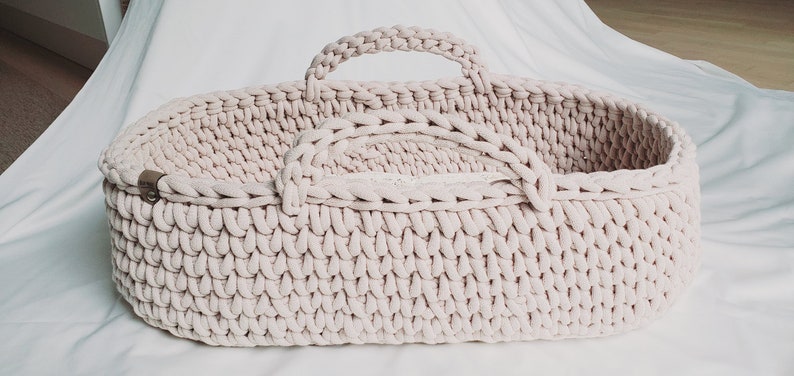

When it comes down to spending those hard earned dollars, however, that sweet 17% discount off retail and free two-day shipping are too great to resist. like they say they want to eat more kale. Margins on baby gear are now as thin as they have ever been-and we don’t think Amazon or Walmart will be giving up on their efforts to slug it out in the category any time soon.Īgain, this gets back to the question of where parents want to shop? Folks say they want shop in small, indie stores.

So will the demise of Babies R Us bring out a renaissance of indie stores? Will there be a comeback of independent baby boutiques? One casualty of the move to online shopping certainly has been the near wipeout of independent baby stores-stores like Goore’s in Sacramento and Great Beginnings in DC were roadkill as parents decided they’d prefer to shop online.
Babies r us baby bed series#
We could imagine a brand like Britax buying a smaller player like Nuna and then opening a series of Britax boutiques in shopping villages like Seattle’s University Village that is also home to. Japanese baby gear brand Combi quietly opened its own factory store outside Los Angeles a couple of years ago. Here’s what a Chicco store that opened in 2016 in a Singapore mall looks like: The store showcased both Chicco toys and baby gear, like a mini Apple store for baby stuff. The Italian brand has 150 stores in Italy and another 160 elsewhere worldwide. One interesting possibility: is the future the Isle of Capri? While on vacation in Italy, we wandered into the main shopping district on the Isle of Capri to discover a Chicco baby store. One obvious outcome would be more consolidation among the brands-that has already happened to some extent, with Graco buying stroller maker Baby Jogger in recent years. What do baby gear makers do? One thing about the Babies R Us liquidation is for sure: it is a wrecking ball for large brands like Graco, Baby Trend and Britax, who depended on the chain for an outsize portion of their sales. Already struggling to compete against Amazon, it’s unclear whether Buy Buy Baby will saddle up and build another 100 stores to become the new Babies R Us.Ģ. But parent Bed Bath and Beyond has had its own challenges lately, with declining sales and profits. One could argue a competitor like Buy Buy Baby (135 stores) could step into the giant hole left by Babies R Us, which had twice the number of stores (not counting the combination outlets with Toys R Us). But what happens now that stores like Babies R Us aren’t around to showcase product for folks to see in person? It’s hard to imagine, but even as recent as 10 years ago, it was unclear whether anyone could profitably sell baby gear online and if parents really wanted to shop that way. Then came along a small online bookseller named Amazon. For a while, the superstore concept was on a roll-parents abandoned boutiques for the bigger stores, stopping by frequently for diapers and other stock-up supplies. Prior to the 90’s, baby gear was sold in independent specialty boutiques and chain stores like Target, which had a very limited selection of items. Do parents even want to buy gear in stores anymore? Babies R Us was built on the superstore concept of the 90’s-take a giant 20,000 square foot building and load it up to the ceiling with car seats, strollers and other gear.

So, now that Babies R Us is gone, what will happen to how baby gear will be bought and sold?īecause no one asked, here are our quick thoughts:ġ. Coyote size hole in the baby gear market. parent Toys R Us didn’t break out Babies R Us share of its $11 billion in annual sales, but it was significant.īasically, Babies R Us closing leaves a Wily E. Now what? Yes, it finally happened-after years of hemorrhaging customers and sales, Babies R Us is gone-to be liquidated and join the pantheon of dearly departed retailers like Borders, Circuit City and Sports Authority.īut unlike those retailers that were second or third place in their categories, Babies R Us was actually the leading retailer of baby gear in the US.


 0 kommentar(er)
0 kommentar(er)
